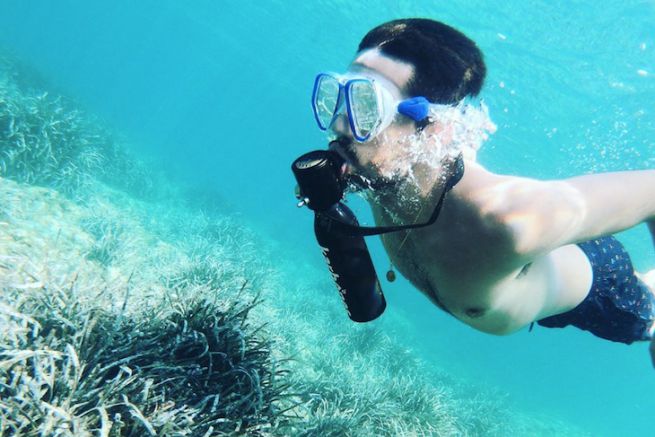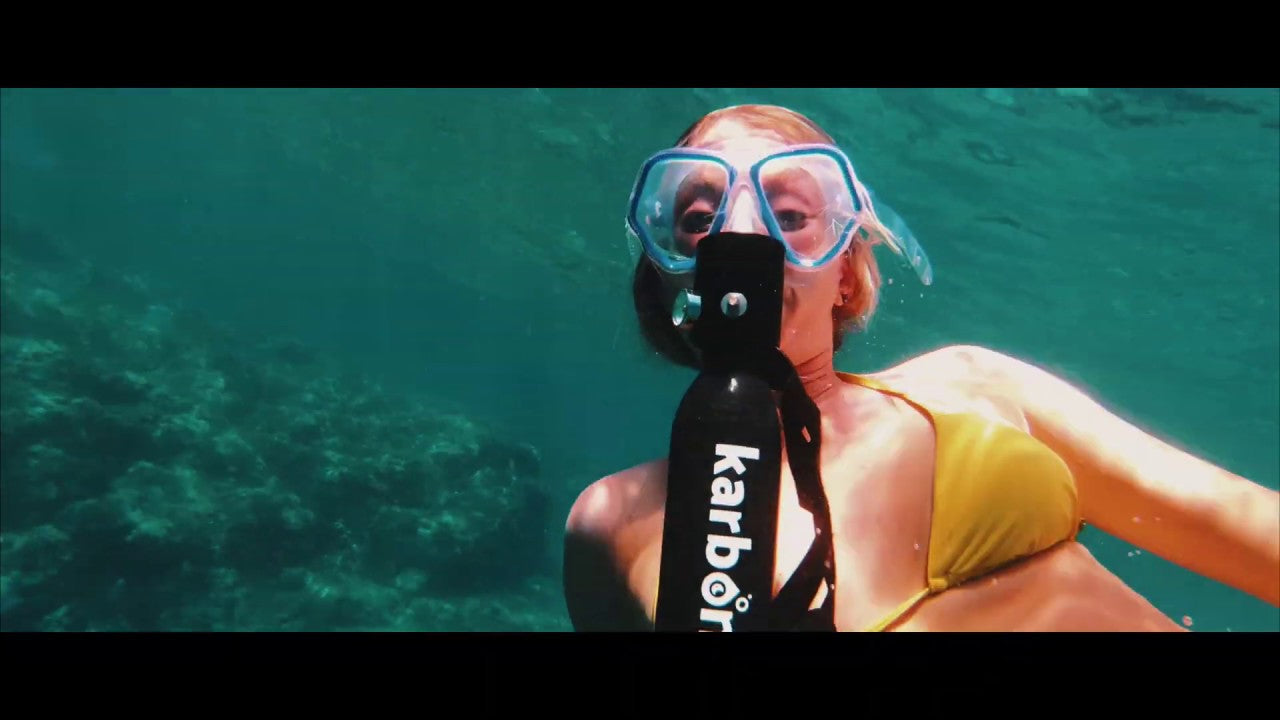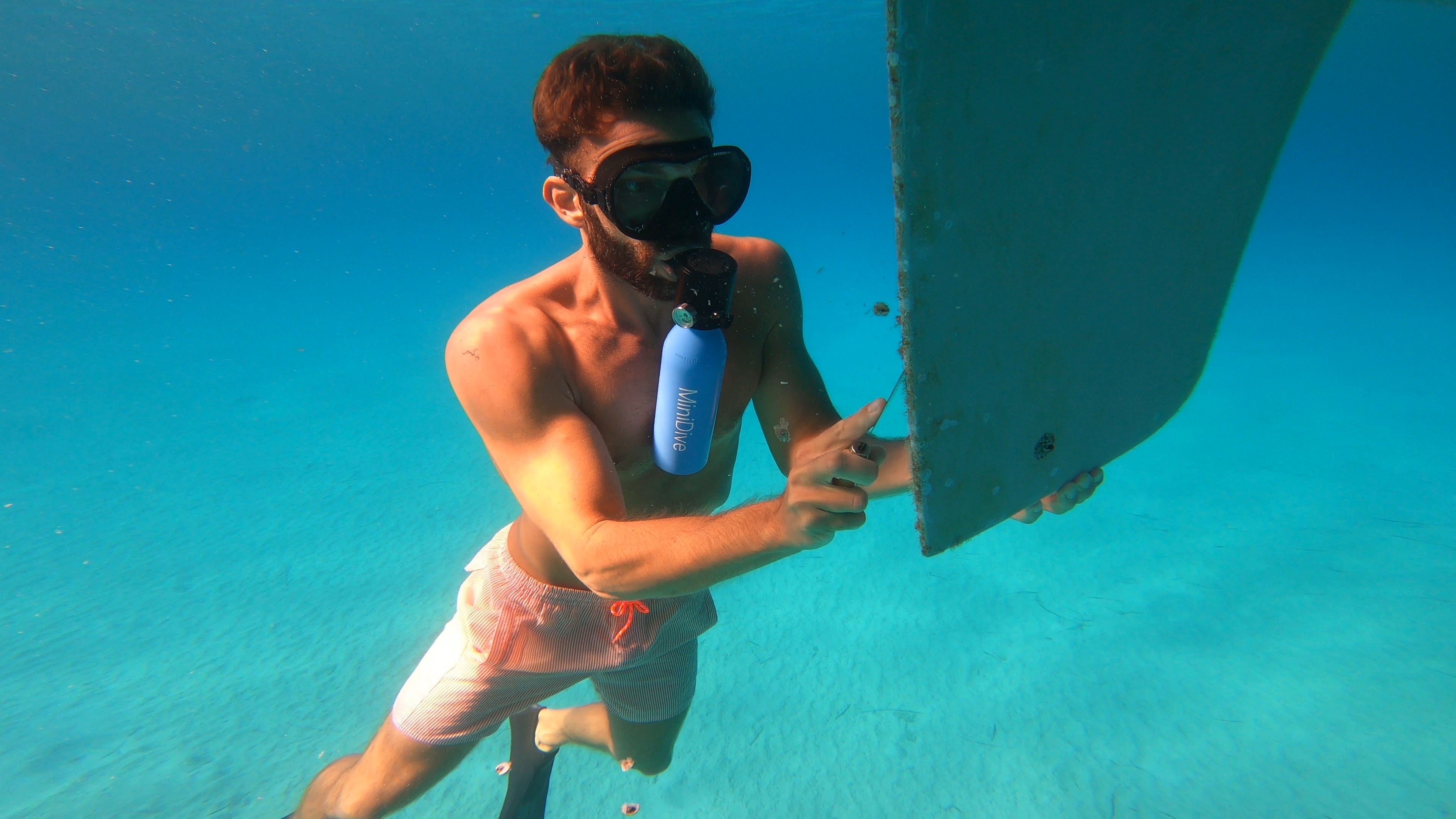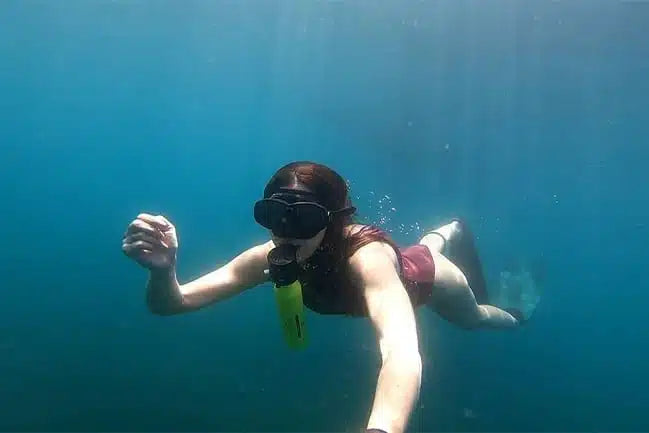
How to Detect Tank Corrosion Early: 5 Warning Signs
Early detection of tank corrosion hinges on five subtle clues: localized temperature spikes over 5°C (a byproduct of rusting reactions), coating peeling exposing >10% metal surface, faint orange...

5 Ways to Prevent Tank Damage During Transport
To prevent tank damage during transport, secure with 4+ high-strength straps (≥500kg capacity) to limit shifting; maintain internal temp ≤5°C fluctuations via real-time monitoring; line interiors w...

How to Select Mini Tanks Based on Dive Frequency: 5 Tips
To select mini tanks by dive frequency, note that casual divers (1-2 dives/month) need only 2L tanks for brief checks, while frequent divers (3+ dives/week) benefit from 3L models—reducing refill s...

5 Essential Safety Features to Check in Mini Tanks
Ensuring mini tank safety hinges on five critical checks: first, verify the pressure relief valve is calibrated to open at 110% of the tank’s rated working pressure (e.g., 150 psi for a 136 psi-rat...

How to Choose a Mini Tank for Recreational Diving: 5 Factors
When choosing a mini tank for recreational diving, focus on capacity (3-5L) for dive duration, weight (<2.5kg) to avoid fatigue, valve type (dual-outlet preferred for regulator flexibility), saf...

Mini Tank Safety Features: 5 Mechanisms Explained
The Mini Tank incorporates five key safety features: a 35-degree tilt sensor halts operation if tilted beyond safe limits, a pressure relief valve activates at 2.5 bar to prevent overexpansion, the...